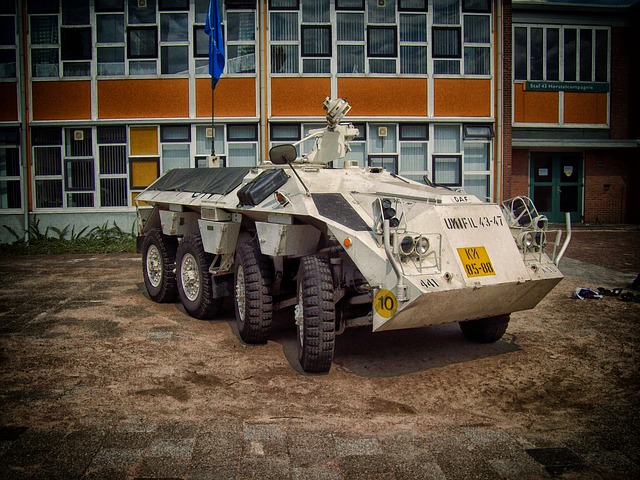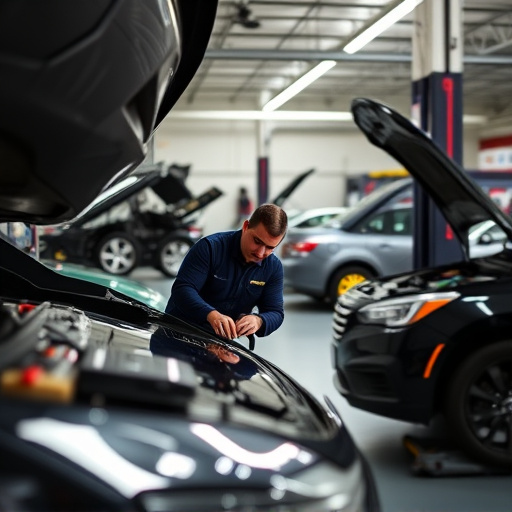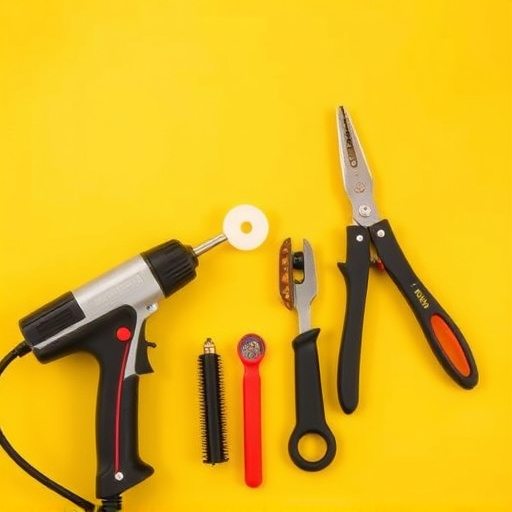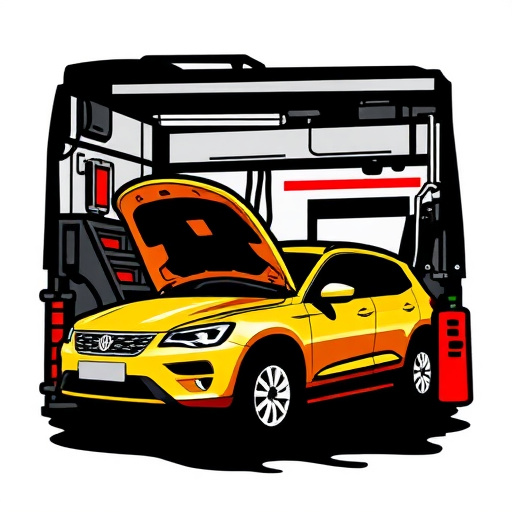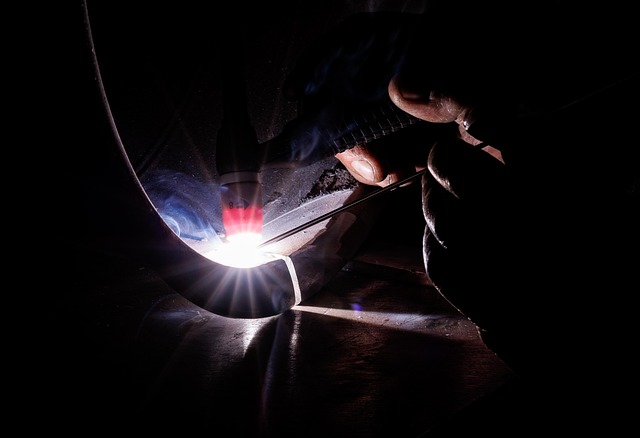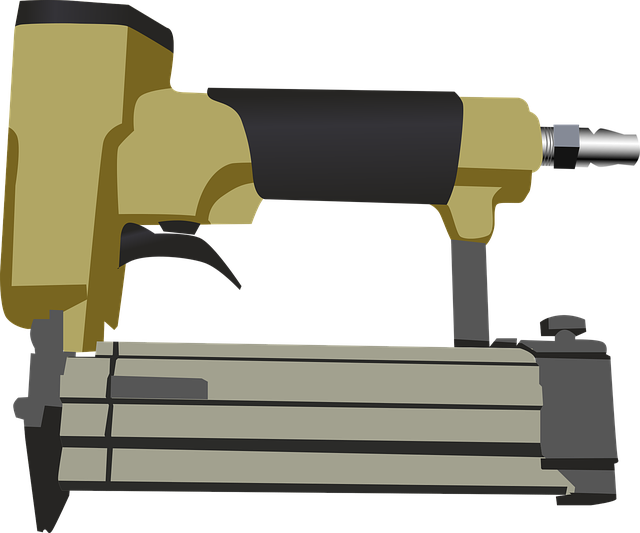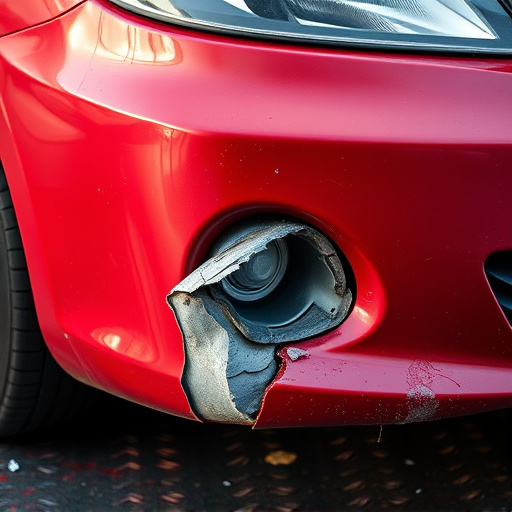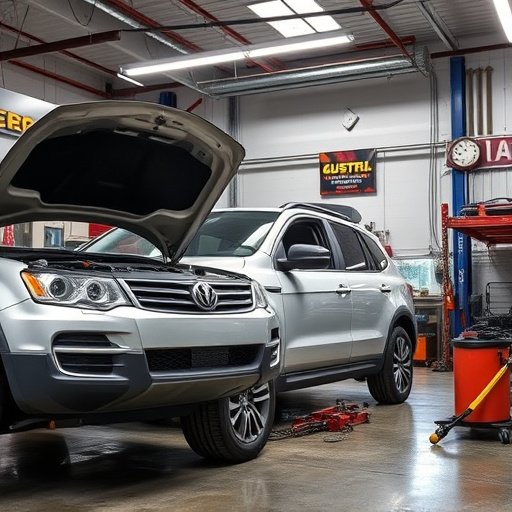In the competitive rush collision repair service industry, time is money. Streamlining assessment processes with advanced tools and well-trained staff speeds up damage identification, saving time and resources. Structured processes, efficient inventory management through optimized stock levels and supplier collaboration, along with strategic workforce management including dynamic scheduling and continuous training, ensure quick turnaround times for services like bumper repair and auto body painting while maintaining high quality. These practices are crucial for delivering reliable, swift rush collision repair services, enhancing customer satisfaction, and strengthening the center's reputation.
In the fast-paced world of auto repair, efficient rush collision repair services are paramount to customer satisfaction. This article delves into best practices designed to optimize turnaround times, enhance productivity, and streamline operations for collision centers offering expedited services. From streamlining assessment processes and managing inventory to scheduling and training workforces, discover proven strategies that can elevate your rush collision repair service to industry-leading standards.
- Streamlining the Assessment Process for Faster Turnaround Times
- Efficient Inventory Management and Supplier Collaboration
- Optimizing Workforce Scheduling and Training for Peak Performance
Streamlining the Assessment Process for Faster Turnaround Times
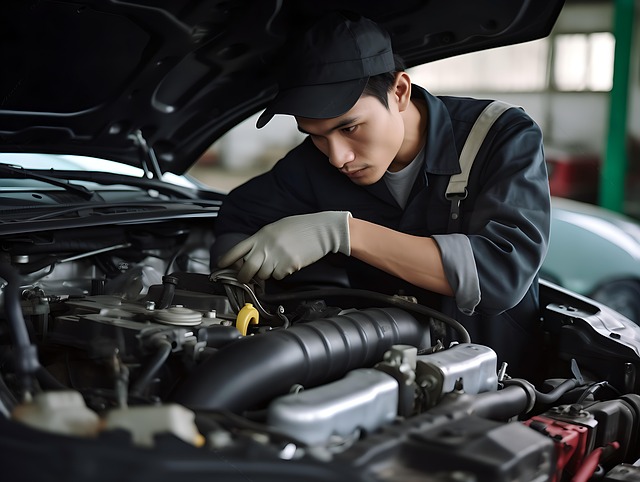
In the fast-paced world of rush collision repair services, every minute counts. Streamlining the assessment process is key to achieving faster turnaround times. By implementing efficient systems and protocols, collision repair centers can significantly reduce the initial inspection phase. This involves well-trained staff utilizing advanced diagnostic tools to quickly identify damage scope, which not only saves time but also ensures accurate estimates.
A structured approach, including standardized forms and clear communication channels, enables seamless information flow between teams. Additionally, prioritizing repairs based on urgency and complexity allows for optimized workflow management. As a result, customers benefit from quicker service, and the collision repair center enhances its reputation for delivering efficient rush repairs, encompassing services like bumper repair and auto body painting.
Efficient Inventory Management and Supplier Collaboration
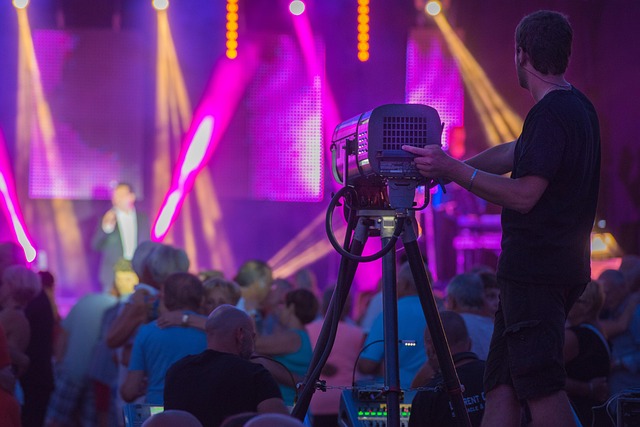
Efficient inventory management is a cornerstone of any successful rush collision repair service. By optimizing stock levels and implementing streamlined ordering processes, auto body repair shops can reduce waste, minimize downtime, and ensure that necessary parts are readily available when needed. This collaboration between internal teams and suppliers is crucial in maintaining a well-stocked warehouse, allowing for faster turnaround times on vehicle restoration projects.
Supplier collaboration plays a significant role in enhancing efficiency. Building strong relationships with trusted suppliers enables quicker delivery times, improves communication channels, and facilitates advanced notification of part availability or potential shortages. This proactive approach ensures that the rush collision repair service can meet tight deadlines, providing high-quality car collision repair services without compromising on speed.
Optimizing Workforce Scheduling and Training for Peak Performance

Efficient rush collision repair service hinges on optimizing workforce scheduling and training. Balancing peak demand periods with adequate staffing ensures minimal wait times for customers. Implementing dynamic scheduling algorithms can help manage fluctuations in work volume, allowing for better resource allocation. Training programs should focus on enhancing skills in auto body work and car body repair, ensuring technicians are equipped to handle a wide range of collision damage. Continuous training also keeps up with evolving industry standards and technologies, promoting high-quality outcomes.
Additionally, fostering a culture of teamwork and communication within the collision center enhances productivity. Well-trained, coordinated teams can streamline processes, from assessment to final inspection. Regular feedback sessions and performance evaluations further refine skills and motivate employees. Investing in these practices translates to improved customer satisfaction by delivering swift yet reliable rush collision repair service.
In conclusion, enhancing the efficiency of a rush collision repair service involves streamlining key processes. Assessing damage swiftly, optimizing inventory management through strategic supplier collaboration, and meticulously scheduling staff with targeted training can significantly reduce turnaround times. By implementing these best practices, collision centers can deliver top-quality repairs more promptly, ensuring customer satisfaction in competitive markets.
